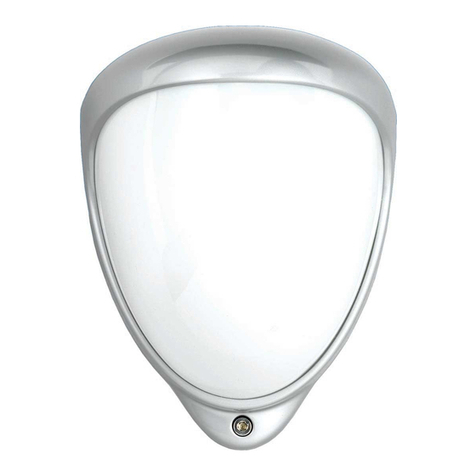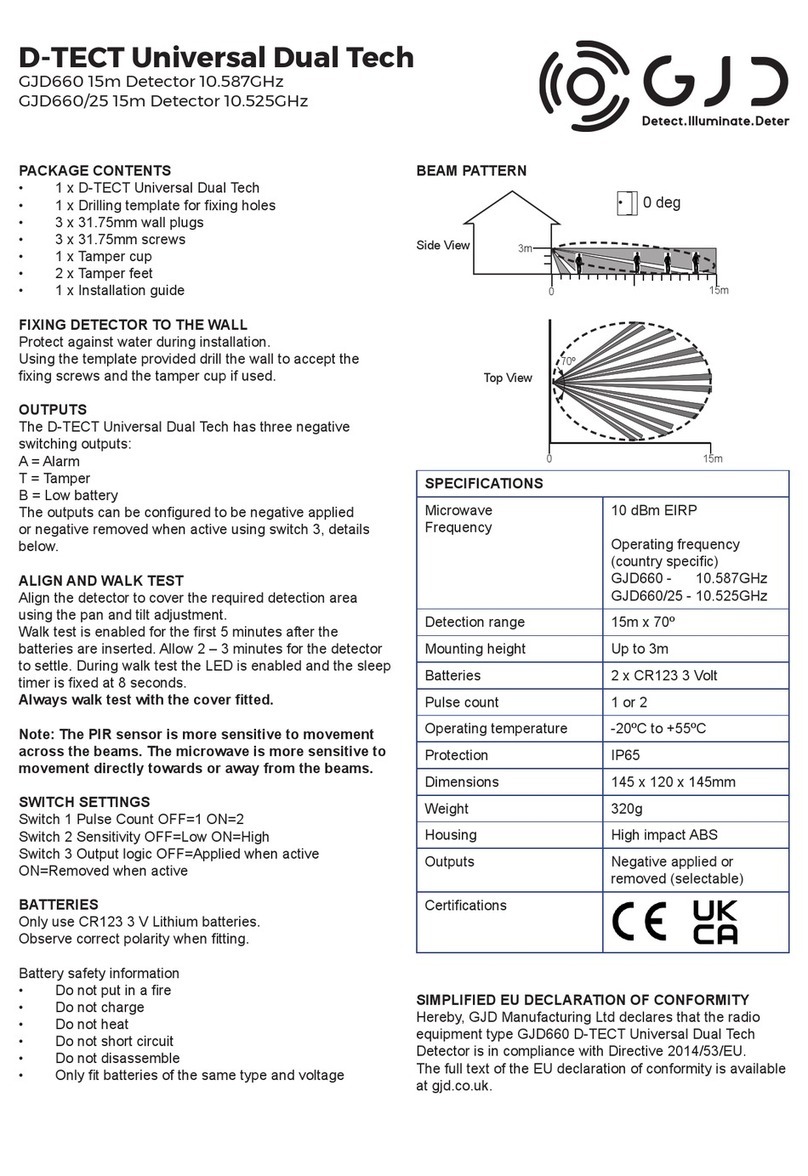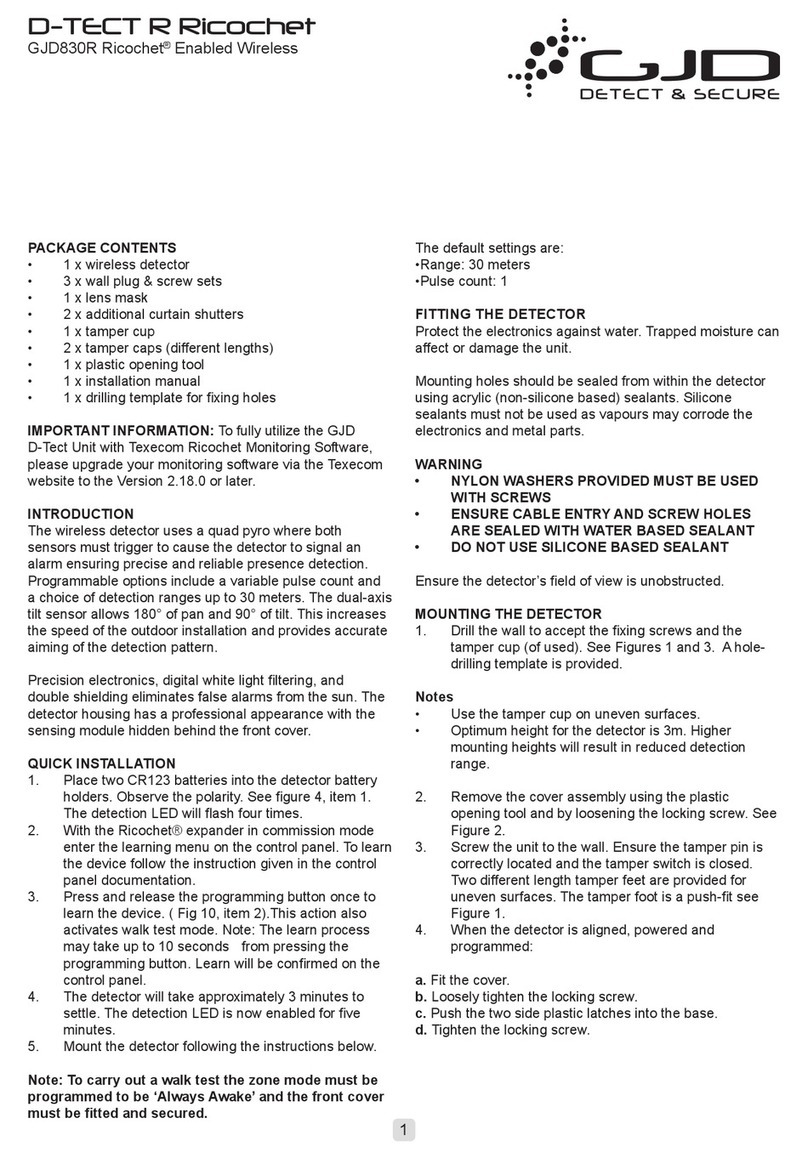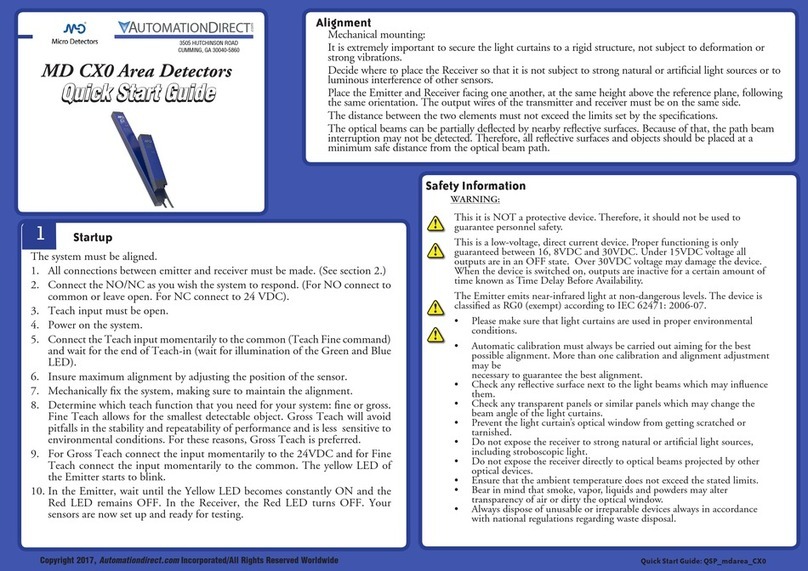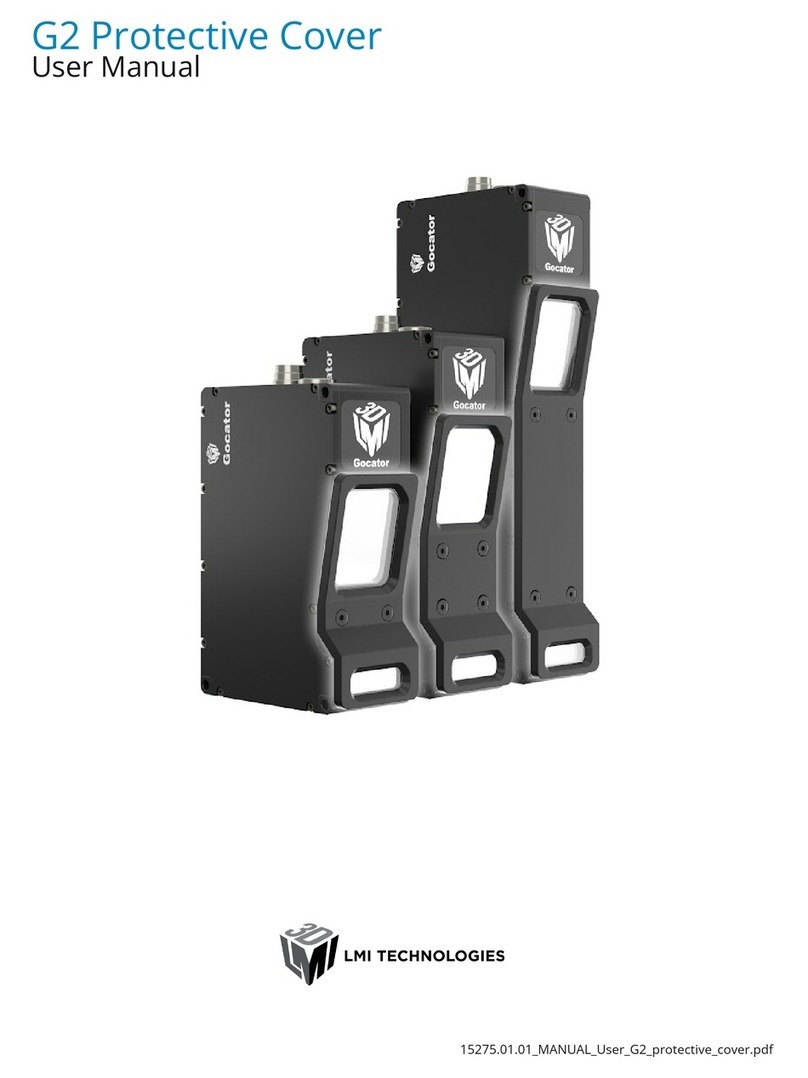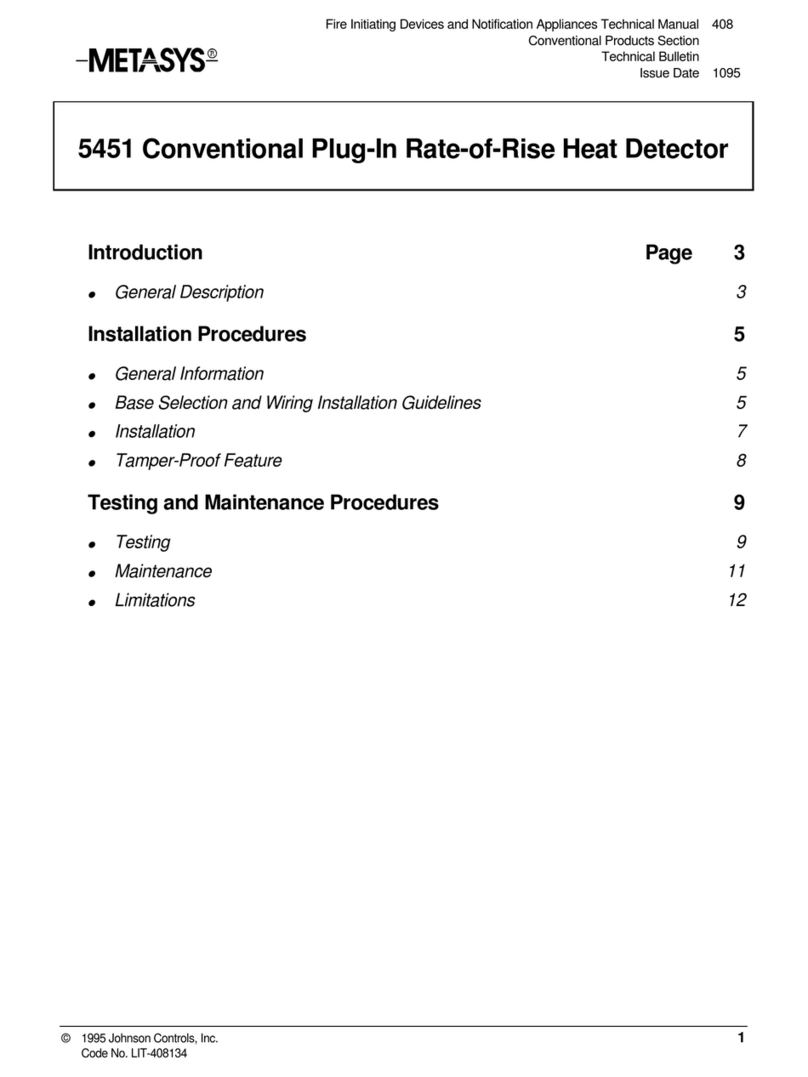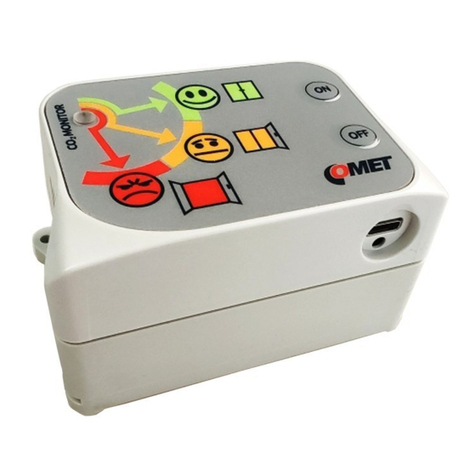GJD OPAL User manual








Table of contents
Other GJD Security Sensor manuals
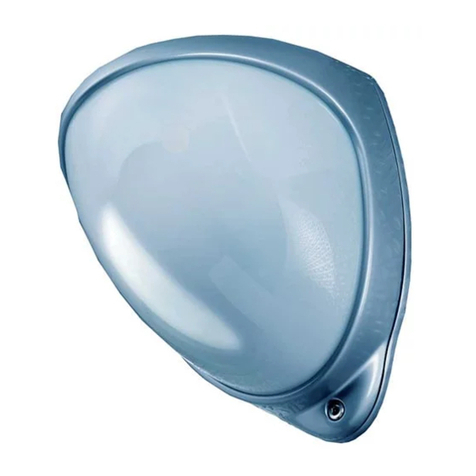
GJD
GJD D-TECT 50 User manual
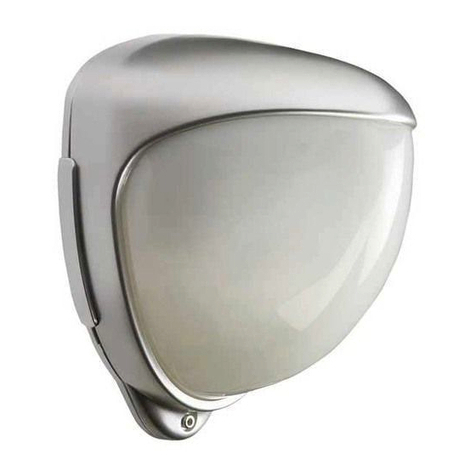
GJD
GJD D-TECT X 40 MKIII User manual
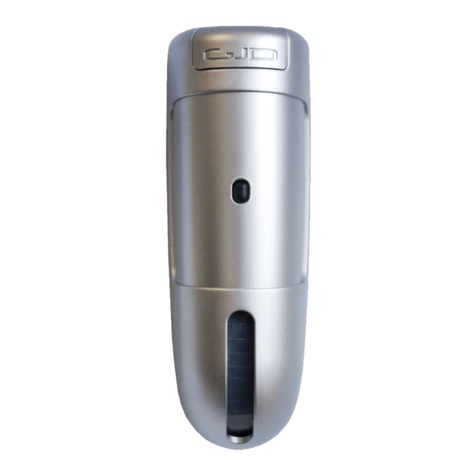
GJD
GJD GJD140 User manual
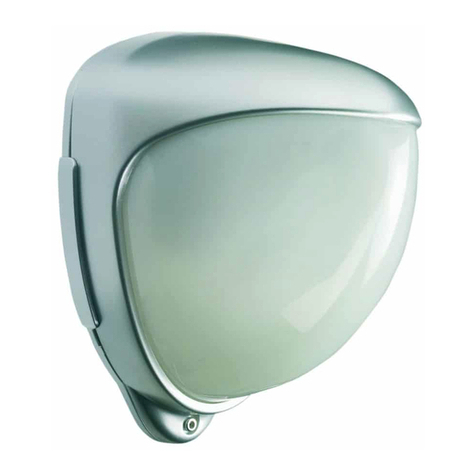
GJD
GJD D-TECT R Ricochet GJD850R User manual
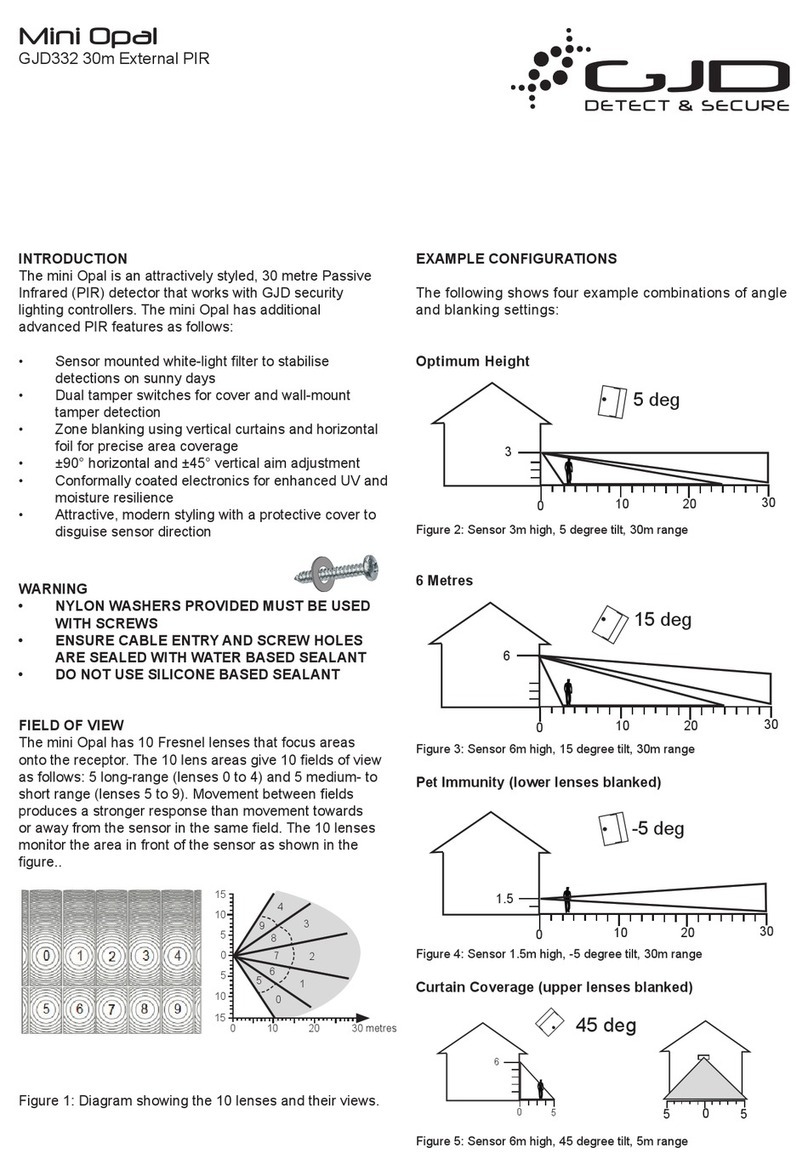
GJD
GJD Mini Opal User manual
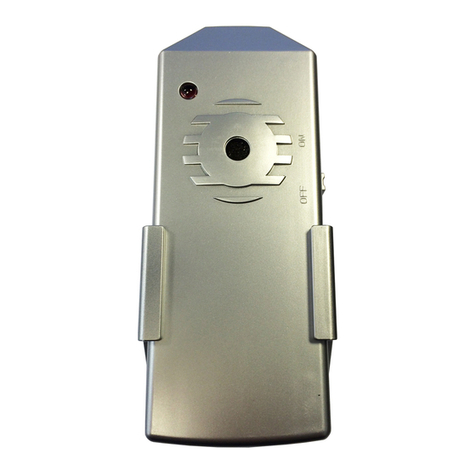
GJD
GJD D-TECT Walktester GJD380 Operation manual

GJD
GJD D-TECT 2 IP User manual
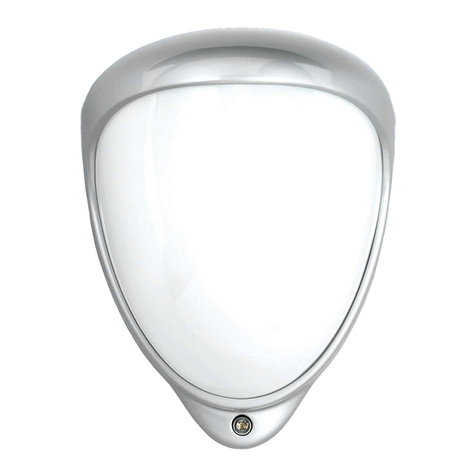
GJD
GJD D-TECT Pet Immune GJD370 User manual
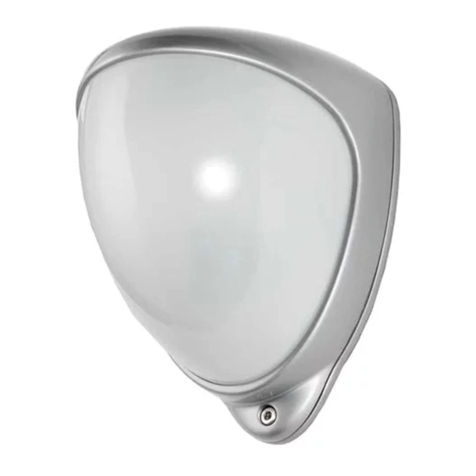
GJD
GJD D-TECT 60 User manual
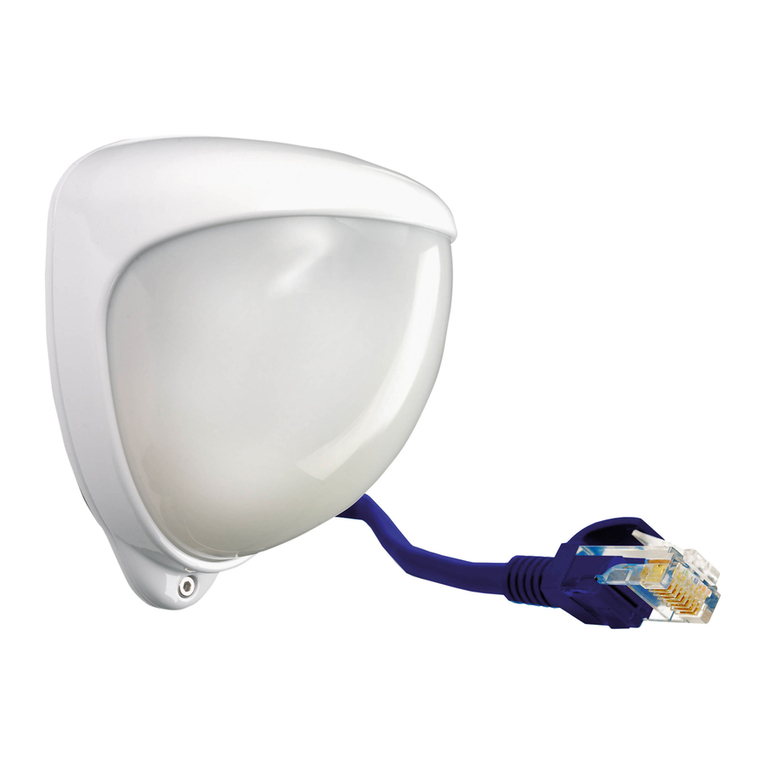
GJD
GJD D-TECT 50 IP User manual
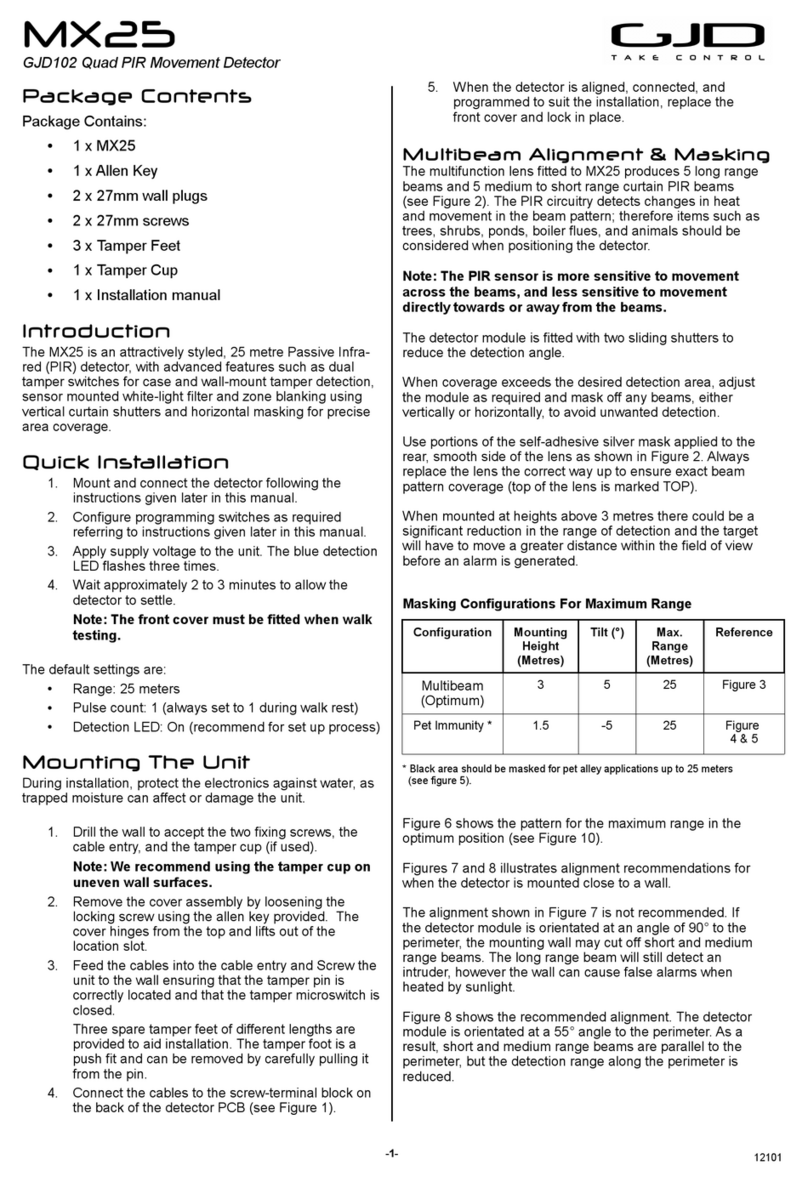
GJD
GJD MX25 User manual

GJD
GJD D-TECT Pet Immune GJD370 User manual
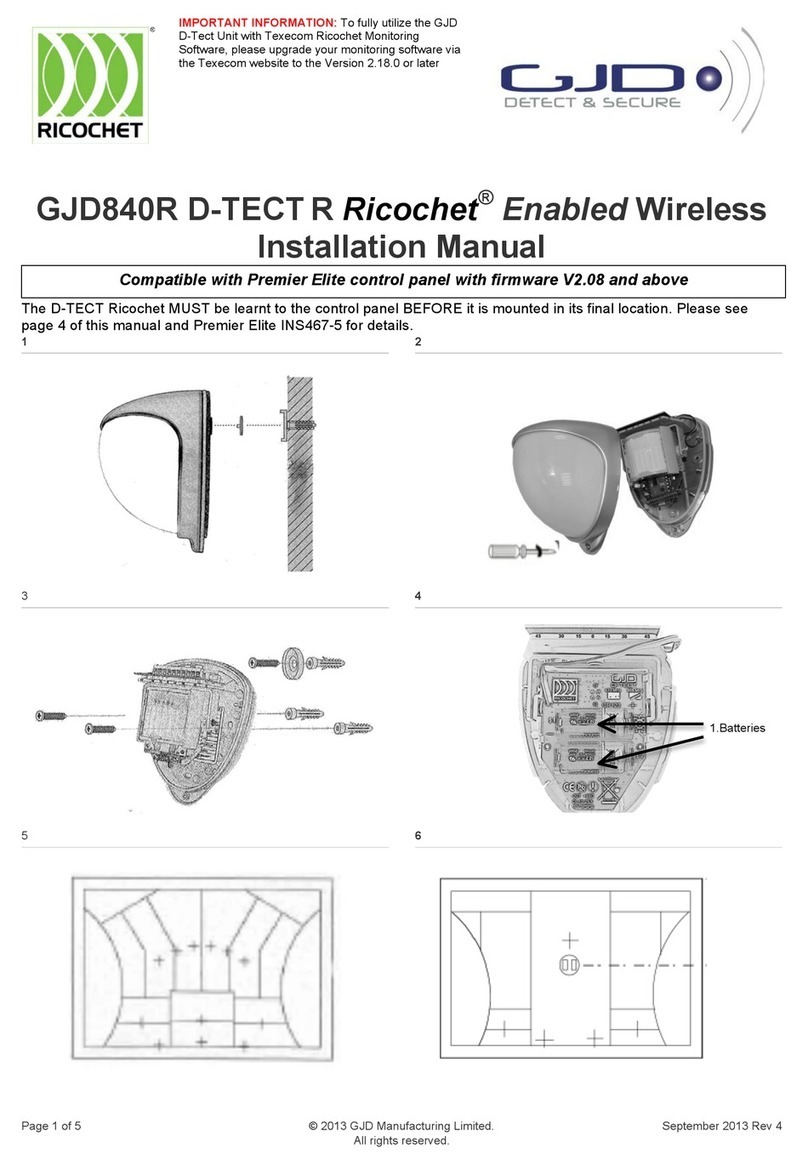
GJD
GJD GJD840R User manual
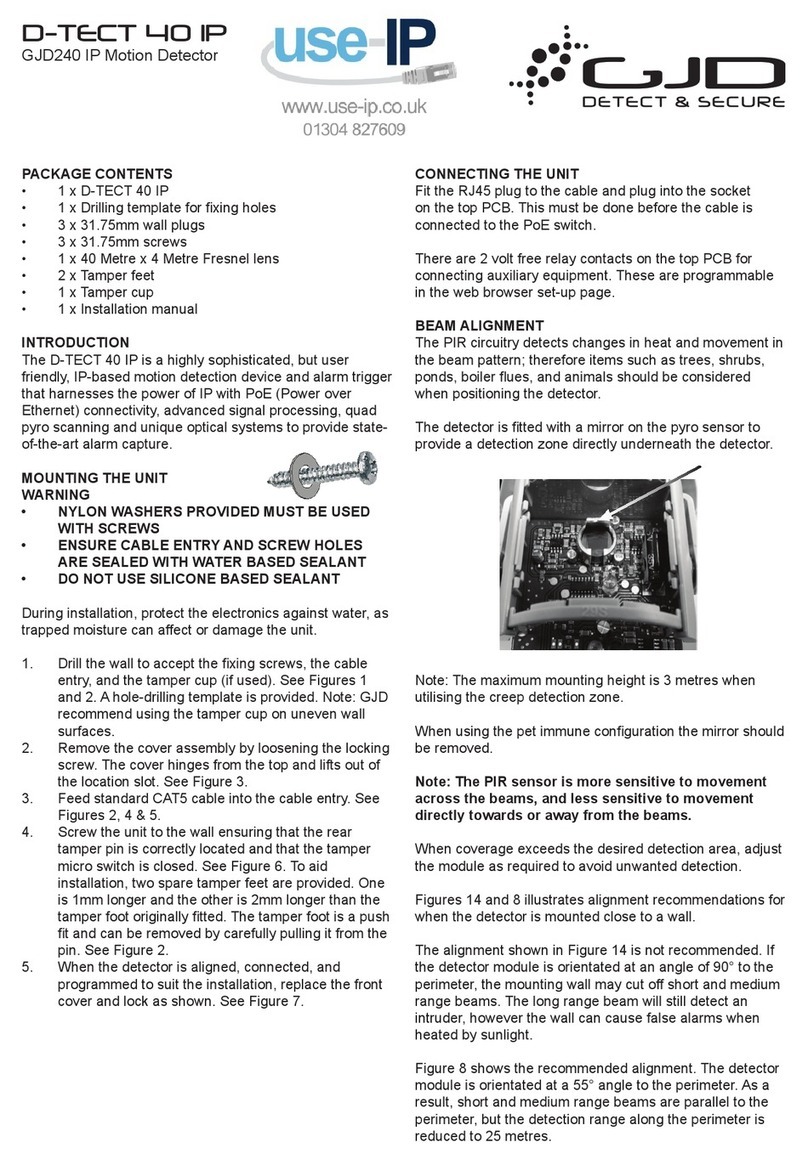
GJD
GJD D-TECT 40 IP User manual
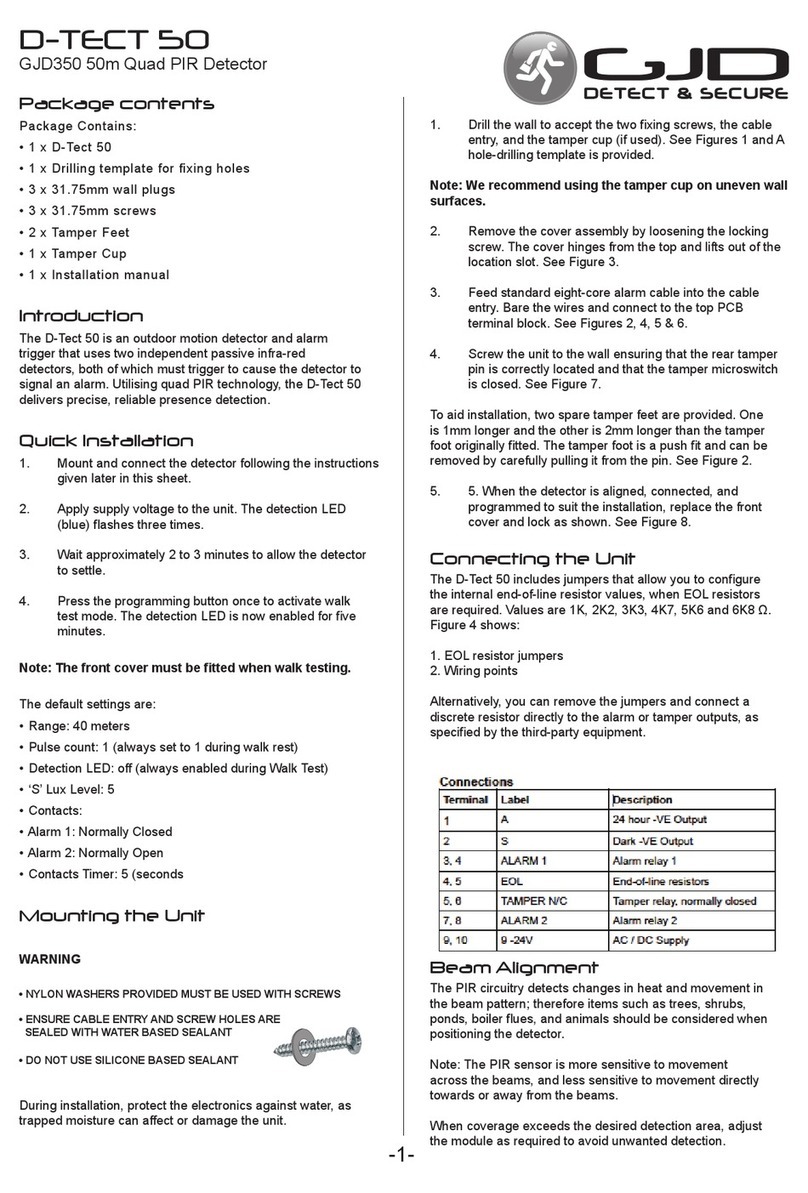
GJD
GJD D-TECH 50 User manual
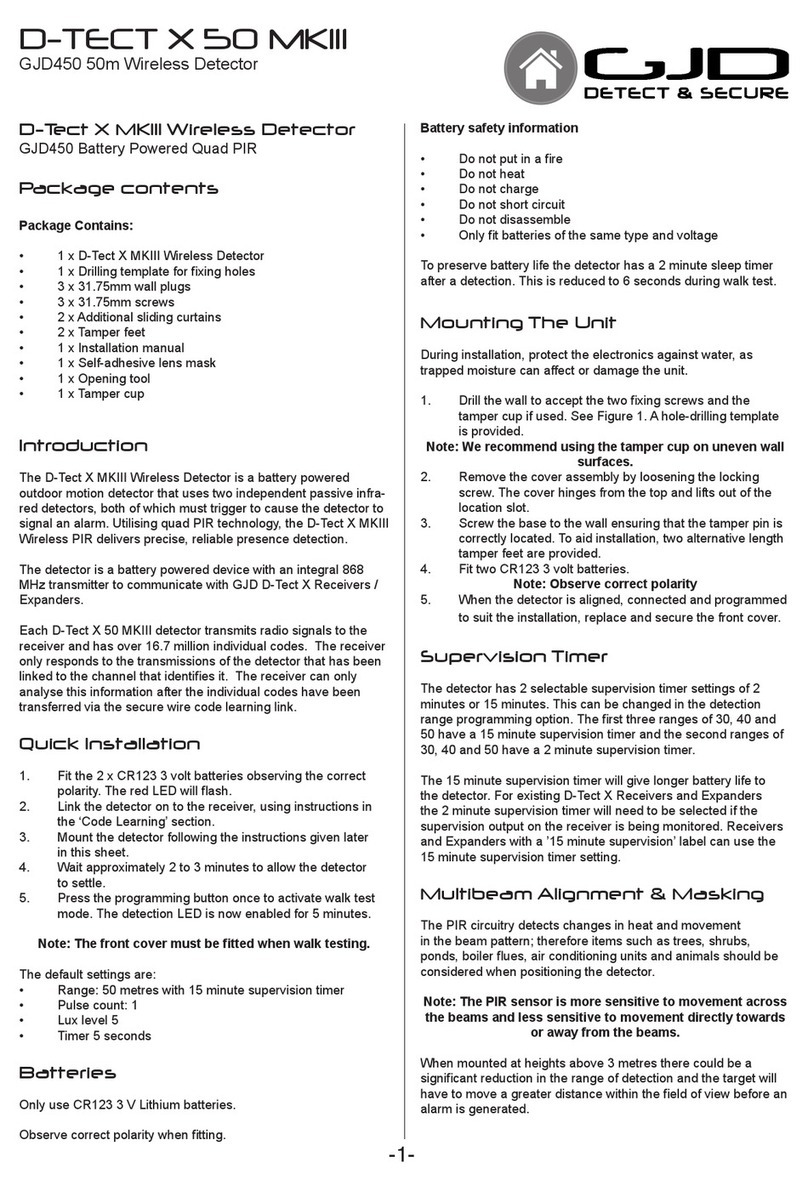
GJD
GJD D-TECT X 50 MKIII User manual

GJD
GJD D-TECT Pet Immune GJD370 User manual
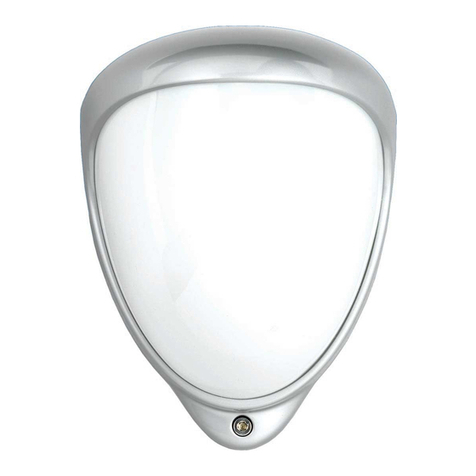
GJD
GJD Quad PIR MX20 HT User manual
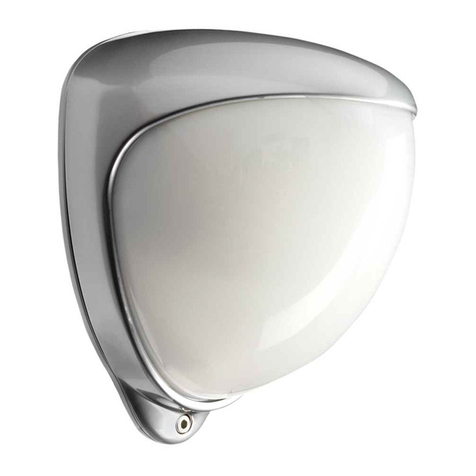
GJD
GJD D-TECT Dual AM User manual
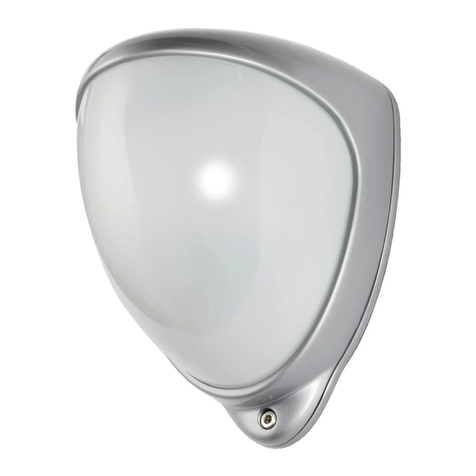
GJD
GJD D-tect Dual HT GJD362 User manual
Popular Security Sensor manuals by other brands

Haws
Haws 7501 Nstallation, operation & maintenance instructions
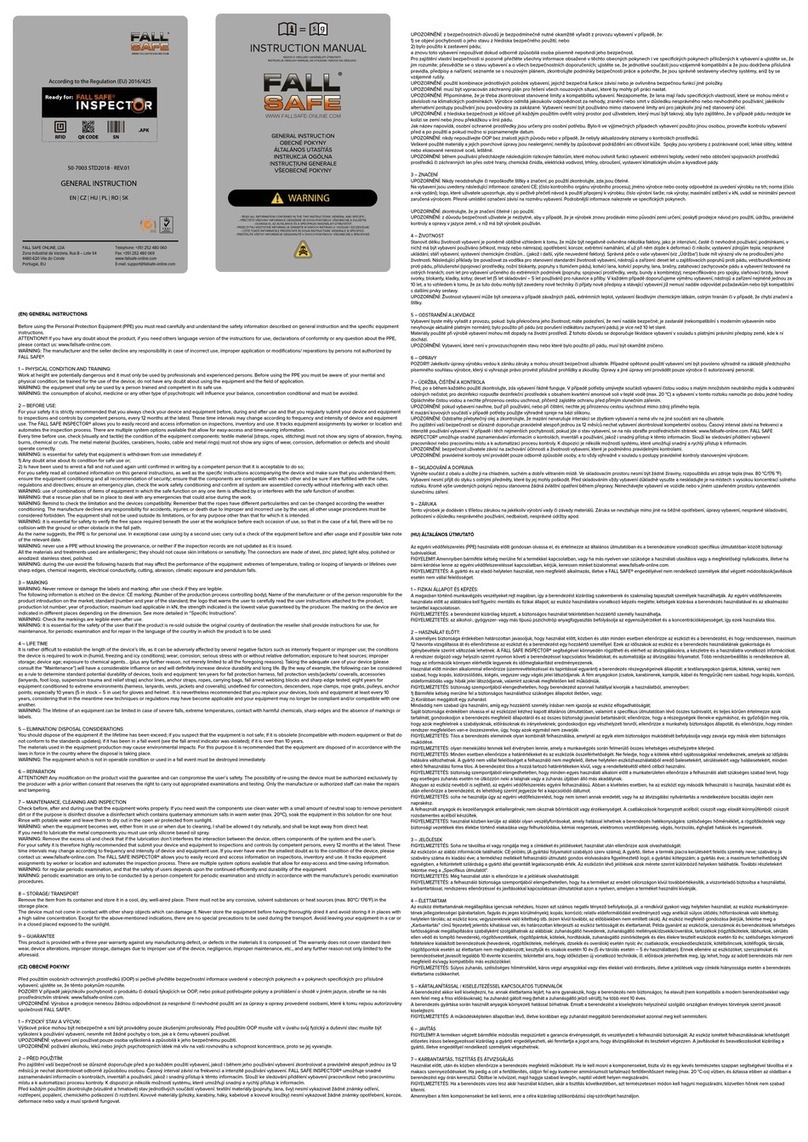
FALL SAFE
FALL SAFE FS933 E instruction manual
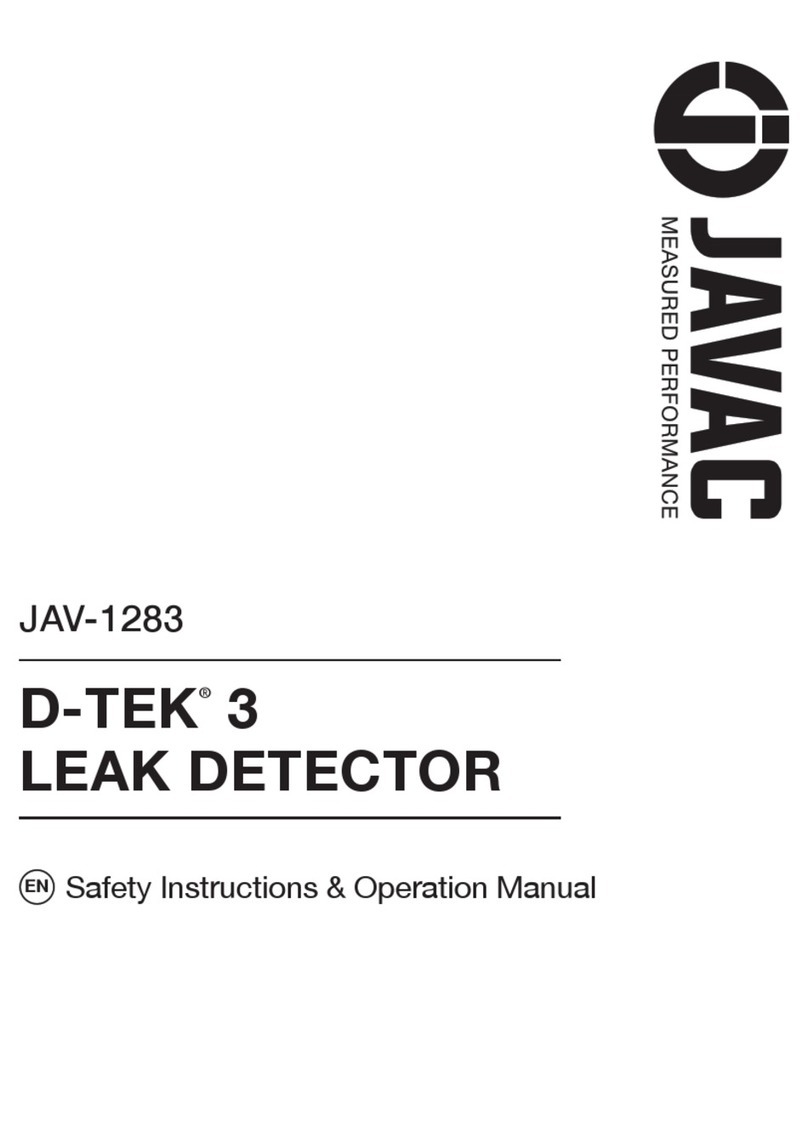
JAVAC
JAVAC D-TEK 3 Safety instructions & operation manual

Hytronik
Hytronik HCD405/BT Installation and instruction manual
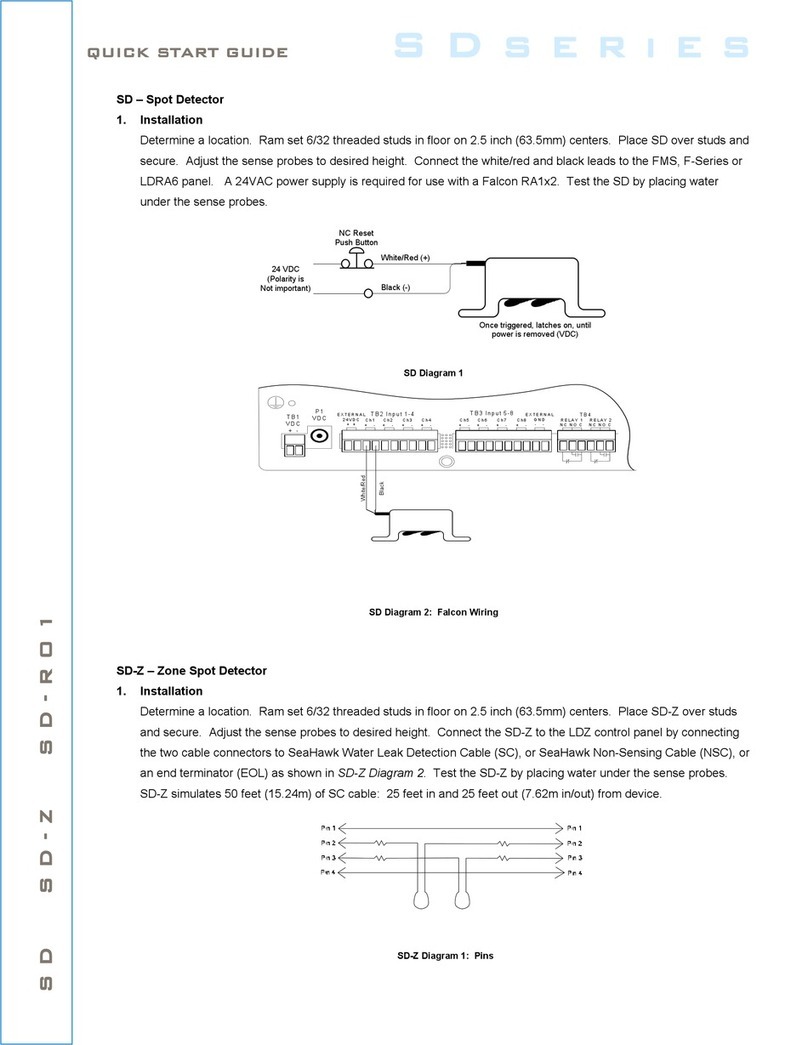
RLE Technologies
RLE Technologies SD Series quick start guide

YASKAWA
YASKAWA MOTOMAN DX100 instructions
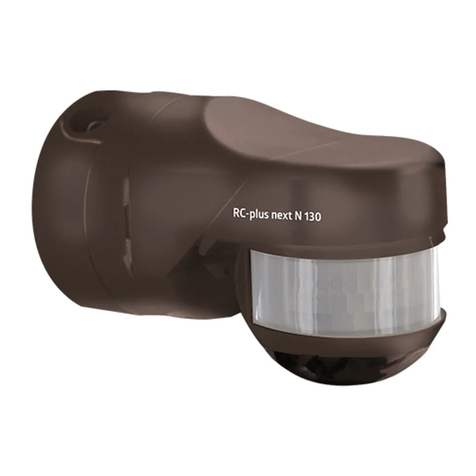
B.E.G.
B.E.G. RC-plus next 130 Operating and mounting instructions
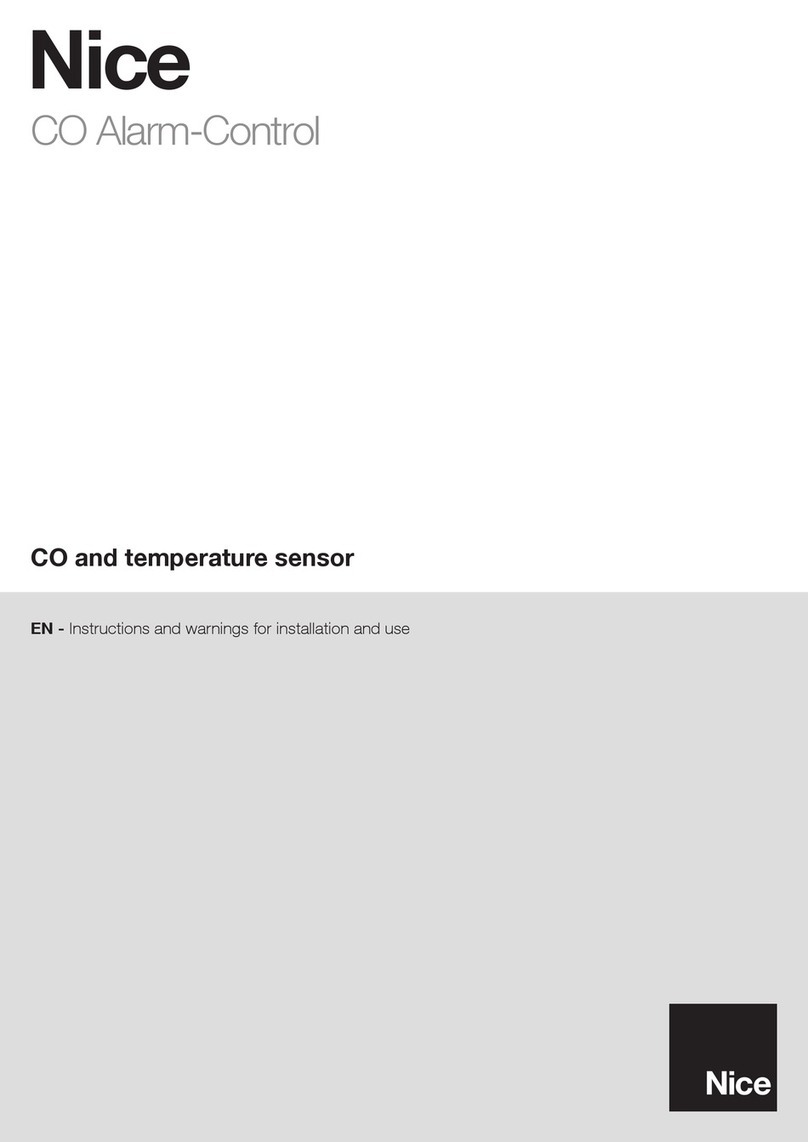
Nice
Nice CO Alarm-Control Instructions and warnings for installation and use
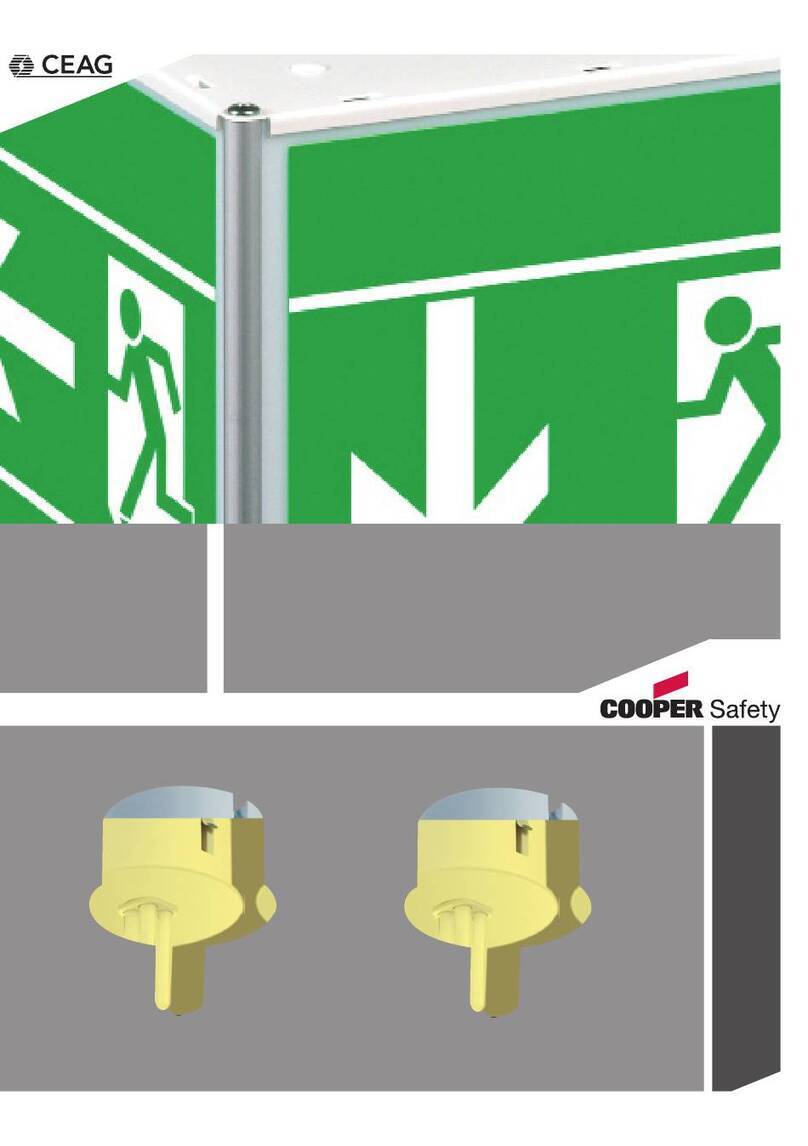
CEAG
CEAG Cooper Safety SL 3301 Mounting and operating instructions

Omron
Omron ZS-DSU41 user manual

dehn
dehn APS CL2 SC Instructions for use

EDS
EDS EV-395 technical information
